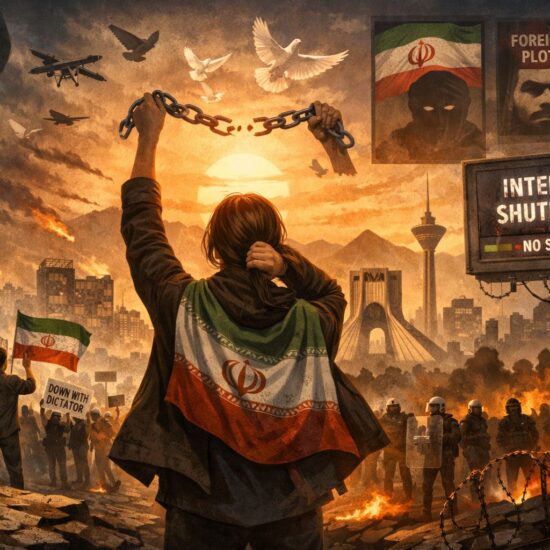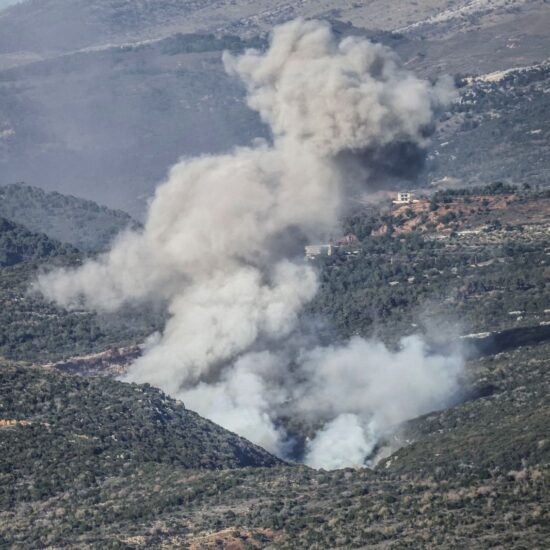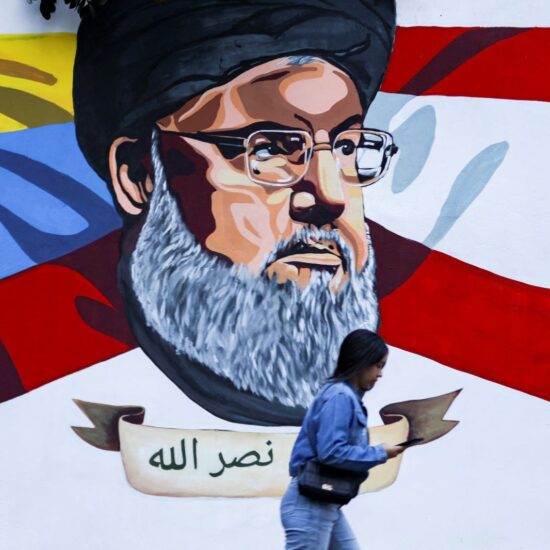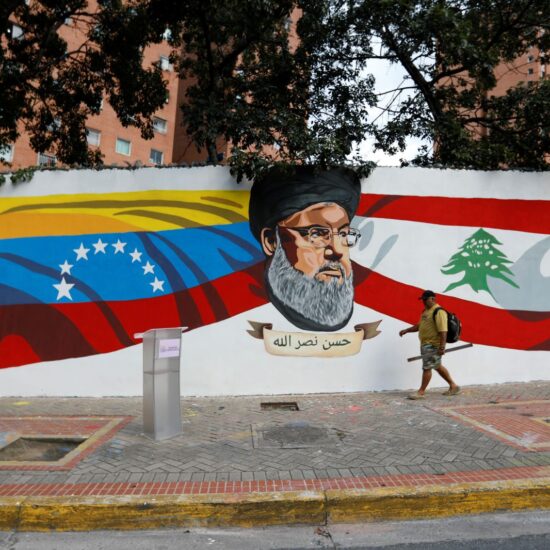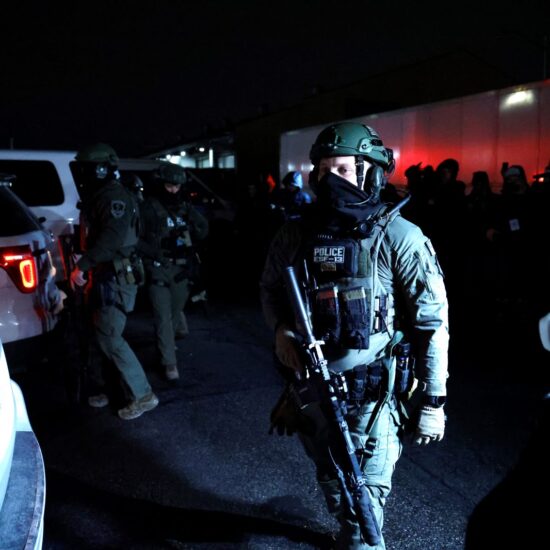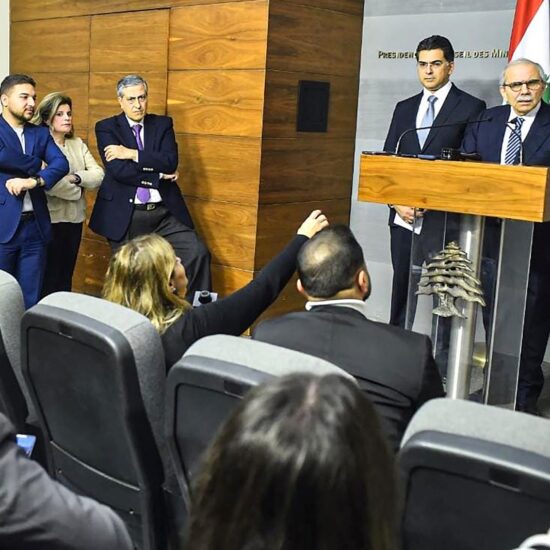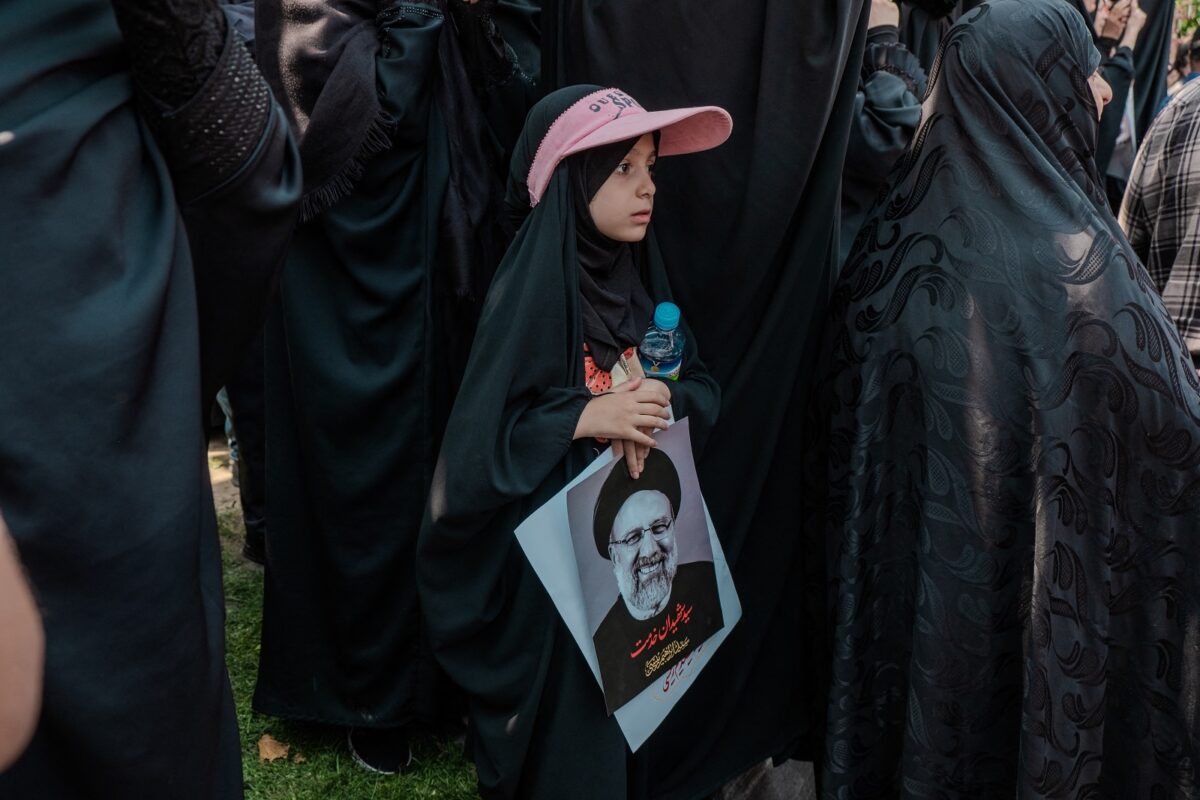
Caught in between the President’s assassination theories and its superpower’s shattered illusion, Iran is a nation in crisis
In an unexpected and shocking turn of events, Iranian President Ebrahim Raisi and several high-ranking officials perished in a helicopter crash near the Azerbaijan border on May 19, 2024. The crash, which also claimed the life of Foreign Minister Hossein Amir-Abdollahian, has sparked a whirlwind of conspiracy theories and political intrigue.
Assassination Theories: External and Internal Suspicions
Immediately following the crash, suspicions of foul play emerged. Some pointed fingers at Israel, suggesting that the helicopter was targeted via Azerbaijan, a country with which Israel maintains strong ties. This theory aligns with the historical context of high-stakes espionage and targeted assassinations within the region. Israel has a history of conducting covert operations to neutralize key figures it perceives as threats, such as the assassinations of Iranian nuclear scientists. Given Azerbaijan’s strategic relationship with Israel, some speculate that it could have served as a logistical base for such an operation. Previous reports have suggested that Azerbaijan might allow Israeli operations targeting Iran to use its territory, making this theory plausible within the framework of regional dynamics.
Conversely, others speculate that the incident was orchestrated from within Iran. As Raisi was considered a frontrunner to succeed Supreme Leader Ali Khamenei, his untimely death could benefit factions within the Iranian political landscape. Khamenei’s increasing favoritism towards his son, Mojtaba Khamenei, has fueled rumors of internal power struggles aimed at consolidating control. Raisi’s potential to succeed Khamenei posed a significant challenge to those within the regime who support a dynastic succession, thereby providing a motive for internal actors to remove him from the equation. The history of internal political purges and factional rivalries within Iran adds weight to this suspicion, suggesting that Raisi’s death might have been engineered to clear the path for favored successors within the complex hierarchy of Iran’s theocratic regime.
The Real Issue: A Superpower’s Shattered Illusion
While these theories provide fodder for political drama, they obscure the most critical issue: the glaring inadequacies exposed by this incident. Iran, a nation that has long portrayed itself as a regional superpower, was revealed to be operating with severely outdated technology. The helicopter that crashed was reportedly over 50 years old, dating back to the era of the Shah. Moreover, it was American-made, a relic of the pre-revolution era when Iran was allied with the United States. This starkly contrasts with the image of military prowess that Iran seeks to project, highlighting a dependence on obsolete and foreign technology. This dependency on old American technology – the same America that Iran often refers to as ‘the Great Satan’ – is particularly ironic and underscores significant vulnerabilities within Iran’s purported self-reliance and technological advancement.
Technological Deficiencies:
Despite its claims of self-sufficiency and military advancement, Iran’s reliance on American antiquated helicopters for its President underscores a significant technological gap. The inability to produce or procure modern, reliable aircraft for its highest officials speaks volumes about the actual state of its technological capabilities. Does Iran trust old American technology more than it trusts modern Russian or Chinese ones?
Inadequate Security Protocols:
The crash also highlighted critical flaws in Iran’s security measures. The lack of a satellite phone linked to the convoy and the failure of immediate rescue efforts expose severe deficiencies in standard security and emergency protocols. The reliance on external assistance, including asking for help from Turkey, the EU and the US further undercuts Iran’s self-proclaimed image of independence and resilience.
Drone Capabilities:
Iran’s extensive use of drones in regional conflicts, particularly its support for proxy groups against Israel, contrasts sharply with its failure to deploy these same assets for domestic emergency response. The fact that Iran, which has sold thousands of drones to Russia, could not efficiently use its drone technology to locate the wreckage of the President’s helicopter is telling.
A Nation in Crisis
This incident lays bare the discrepancies between Iran’s projected power and its operational realities. A country that could not locate its President for nine hours, flies outdated technology made by the very nations it vilifies, and relies on foreign aid in a crisis, not only undermines its own narratives but also questions its legitimacy in wanting to dominate regional matters.
Iran’s internal and external critics now have ample evidence to argue that the nation’s leadership should focus on addressing these glaring deficiencies before attempting to assert dominance or influence in the region. Until then, it might be prudent for Iran to remain silent and introspective, addressing its shortcomings rather than projecting an image that reality fails to support.
The helicopter crash that killed Raisi has peeled back the layers of Iran’s projected superpower status, revealing a nation grappling with significant internal challenges and collective issues. The illusion of strength has been shattered, and the true state of Iran’s technological and operational capabilities has been exposed. In light of this, Iran’s leadership should prioritize internal reforms and modernization over external posturing. For a very long time, they should remain quiet about how strong, powerful, and capable they are.
Ramzi Abou Ismail is a political psychologist and researcher at the University of Kent.
The views in this story reflect those of the author alone and do not necessarily reflect the beliefs of NOW.



